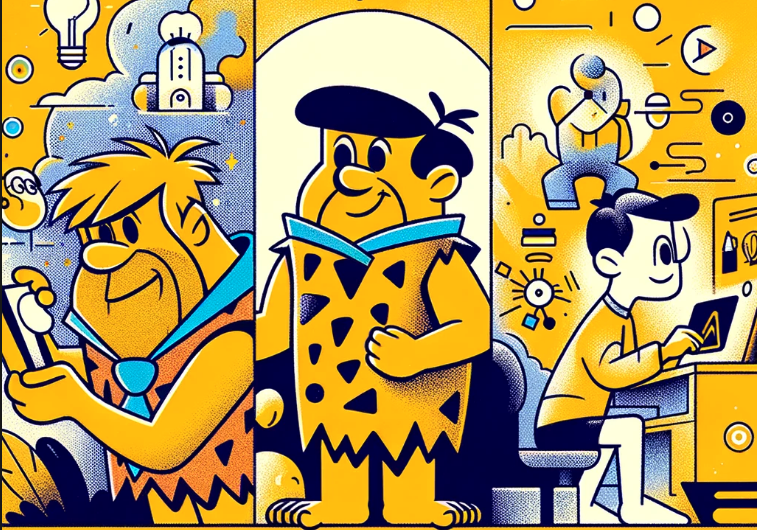Ahhh! The world of education…..
where Artificial Intelligence (AI) is becoming increasingly prominent(whether you like it or not), I recently had an enlightening experience in a district I was supporting in another state recently. This gathering of teachers, parents, school board members, and local business leaders revealed a crucial truth: to truly embrace and effectively implement AI(or anything) in education, we need more than just technological tools. We need a holistic approach that respects and nurtures the human element in learning.
Here are three quick ideas I process while being delayed in the airport flying home.
1. Allocating Dedicated Time for Learning: The first cornerstone in our journey towards integrating AI in education is recognizing the importance of time. Our educators and staff are enthusiastic and capable, but often, they are constrained by the lack of dedicated time for learning new technologies and methodologies. It’s not about the willingness to learn but the availability of time to do so. In this district professional development day, we explored the idea of allocating specific periods during the workweek solely for professional development. This approach not only respects the time of our educators but also underscores the value we place on continuous learning. We need to provide time and permission for our adult learners to actually learn that is not expected to be done on their own time.
2. Embracing the Playground Approach: Education, at its core, is about exploration and discovery. To integrate AI into our curriculum, we introduced a ‘playground’ approach. This method involves providing educators with bite-sized learning nuggets on AI, followed by ample time to experiment and play with these new concepts. By allowing them to click around, try things out, and engage with AI tools in a hands-on manner, we enable them to form their own questions and insights. It’s about making learning an active, engaging, and exploratory process. We can’t ask the right questions if we don’t know what questions to ask. We can’t ask questions if inquiry is not developed and to do so we must play and explore!
3. Fostering Safe Spaces for Idea Exchange: The third idea in my processing is the creation of safe spaces for open dialogue and idea exchange. In these spaces, divergent viewpoints are not just tolerated but encouraged. During the day of learning with various adult learners of all backgrounds, I witnessed the magic that happens when people feel safe to express their ideas, challenge each other respectfully, and listen with the intent to understand, not just respond. This environment of psychological safety is vital for fostering innovation and collaborative problem-solving, especially when dealing with complex subjects like AI in education. This rarely happens, but it was truly magical when various viewpoints were shared and all respectful even when our thoughts were not in alignment.
The discussions and interactions I witnessed in the district work and learning during the various meetings and workshops were a testament to the power of these three strategies. By dedicating time for learning, adopting a playful approach to exploration, and creating safe spaces for dialogue, we can make significant strides in integrating AI(or anything topic of need) into our educational systems. This journey requires the collective effort of everyone involved in education. It’s a path that demands patience, openness, and a willingness to embrace new ways of thinking and learning.
And while we all want what is best for students, we must also provide what is best for adult learners to make these things happen.
As education continues to be be shaped by AI and other technological advancements, it’s imperative that we keep the human aspect of learning at the forefront. By doing so, we not only enhance our educational practices but also prepare our students and educators for a future that is increasingly intertwined with technology.

Leave a Reply